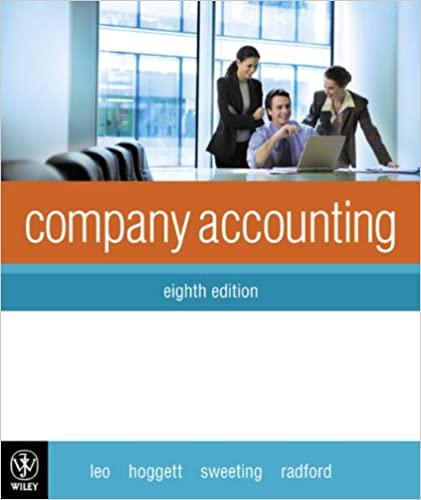Perpetual Inventory Using FIFO 7 15 24 Beginning inventory, purchases, and sales for Item Zeta 9 are as follows: Oct. 1 Inventory 57 units @ $22 Sale 38 units Purchase 43 units @ $26 Sale 26 units Assuming a perpetual inventory system and using the first- in, first-out (FIFO) method, determine (a)the cost of goods sold on October 24 and (b) the inventory on October 31. a. Cost of goods sold on October 24 676 x b. Inventory on October 31 Feedback Check My Work a. When the FIFO method is used, costs are included in cost of goods sold in the order in which they were purchased. Think of your inventory in terms of "layers." Determine how much inventory remains from each layer after each sale. b. The ending inventory is made up of the most recent purchases. Learning Objective 3. 4,000 units at 520 Jan. 1 Apr. 19 Sale Purchase June 30 Nov. 15 The following units of a particular item were available for sale during the calendar year: Inventory 2,500 units 6,000 units at $24 Sept. 2 Sale 4,500 units Purchase 1.000 units at $25 The firm maintains a perpetual inventory system. Determine the cost of goods sold for each sale and the inventory balance after each sale, assuming the first-in, first-out method. Present the data in the form illustrated in Exhibit 3. Under FIFO, if units are in inventory at two different costs, enter the units with the LOWER unit cost first in the Cost of Goods Sold Unit Cost column and in the Inventory Unit Cost column. Schedule of Cost of Goods Sold FIFO Method Cost of Goods Sold Purchases Unit Cost Date Quantity Total Cost Quantity Unit Cost Total Cost Jan 1 Apr 19 Dune 30 4,500 X - Sept. 2 Nov. 15 Dec. 31 Balances Cho My Work Note this exercise uses the perpetual inventory system. FIFO means that the first units purchased are assumed to be the first to be sold. Therefore, ending inventory is made up of the most recent purchases. Think of your inventory in terms of "layers. The first sale comes from the oldest layer - beginning inventory, is the remaining amount of the beginning inventory layer enough to satisfy the second sale? If not, the remaining amount of units sold should be taken from the first purchase layer. Any remainder from the first purchase will then be considered as the oldest goods to be used for the second sale. The remaining units from the first and second purchases make up the ending inventory Learning Objective 3. ritem were available for sale during the calendar year: ts at $20 is is at $24 ts is at $25 hventory system. Determine the cost of goods sold for e after each sale, assuming the first-in, first-out Torm illustrated in Exhibit 3. Under FIFO, if units are in enter the units with the LOWER unit cost first in the umn and in the Inventory Unit Cost column. Schedule of Cost of Goods Sold FIFO Method ses Cost of Goods Sold Inventory st Total Cost Quantity Unit Cost Total Cost Quantity Unit Cost Total Cost - The following units of a particular item were available for sale during the calendar year: Inventory 4,000 units at $20 Jan. 1 Apr. 19 Sale June 30 2,500 units 6,000 units at $24 4,500 units 1,000 units at $25 Purchase Sale Purchase Sept. 2 Nov. 15 The firm maintains a perpetual inventory system. Determine the cost of goods sold for each sale and the inventory balance after each sale, assuming the last-in, first- out method. Present the data in the form illustrated in Exhibit 4. Under LIFO, if units are in inventory at two or more different costs, enter the units with the LOWER unit cost first in the Inventory Unit Cost column. Schedule of Cost of Goods Sold LIFO Method Cost of Goods Sold Purchases Unit Cost Date Quantity Total Cost Quantity Unit Cost Total Cost Jan. 1 Apr. 19 June 30 Sept. 2 Nov. 15 Dec. 31 Balances ar item were available for sale during the calendar s at $20 s at $24 s at $25 ventory system. Determine the cost of goods sold balance after each sale, assuming the last-in, first- h the form illustrated in Exhibit 4. Under LIFO, if units different costs, enter the units with the LOWER unit Cost column. Schedule of Cost of Goods Sold LIFO Method Cost of Goods Sold Unit Cost Inventory Unit Cost Total Cost Quantity Total Cost Quantity Total Cost











